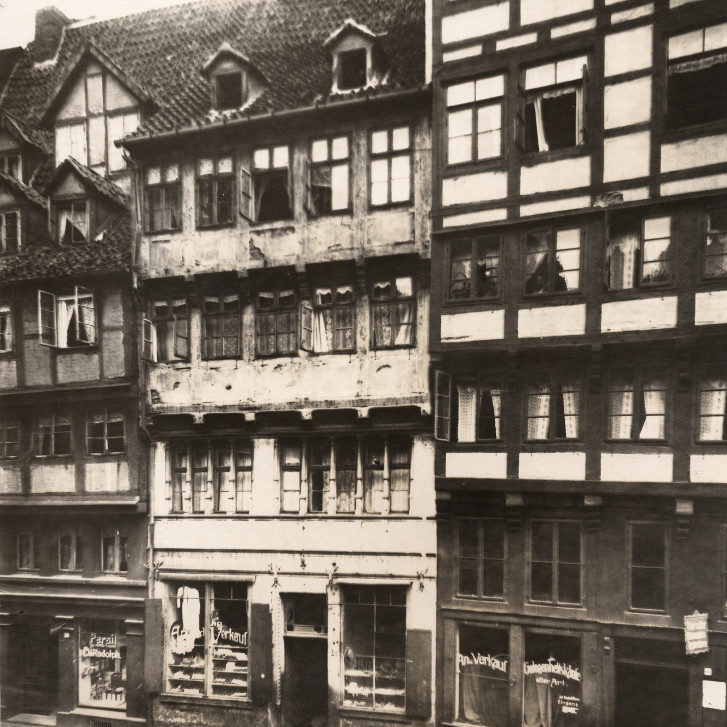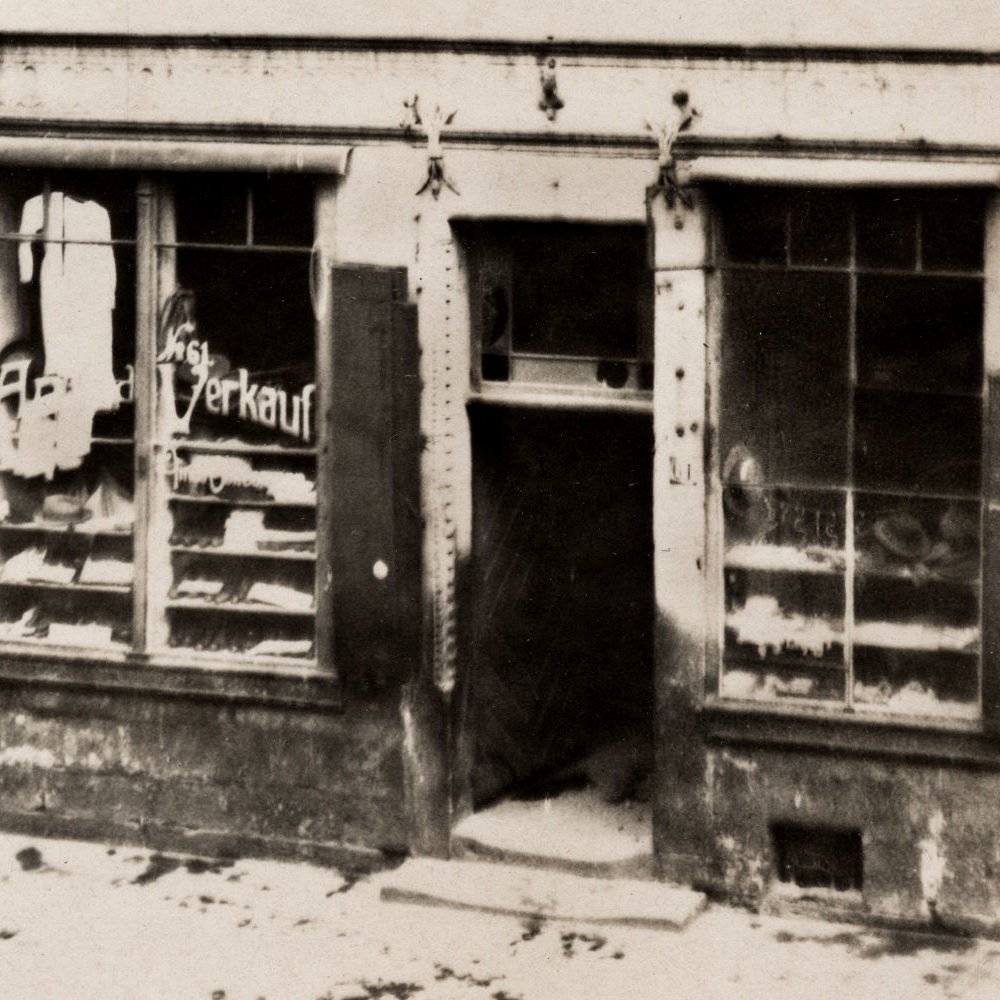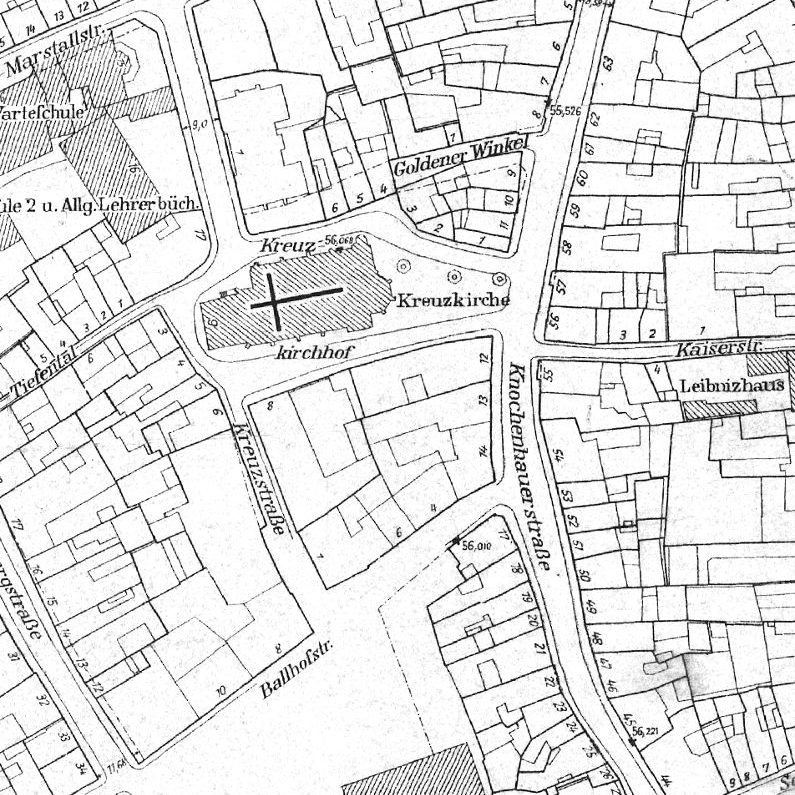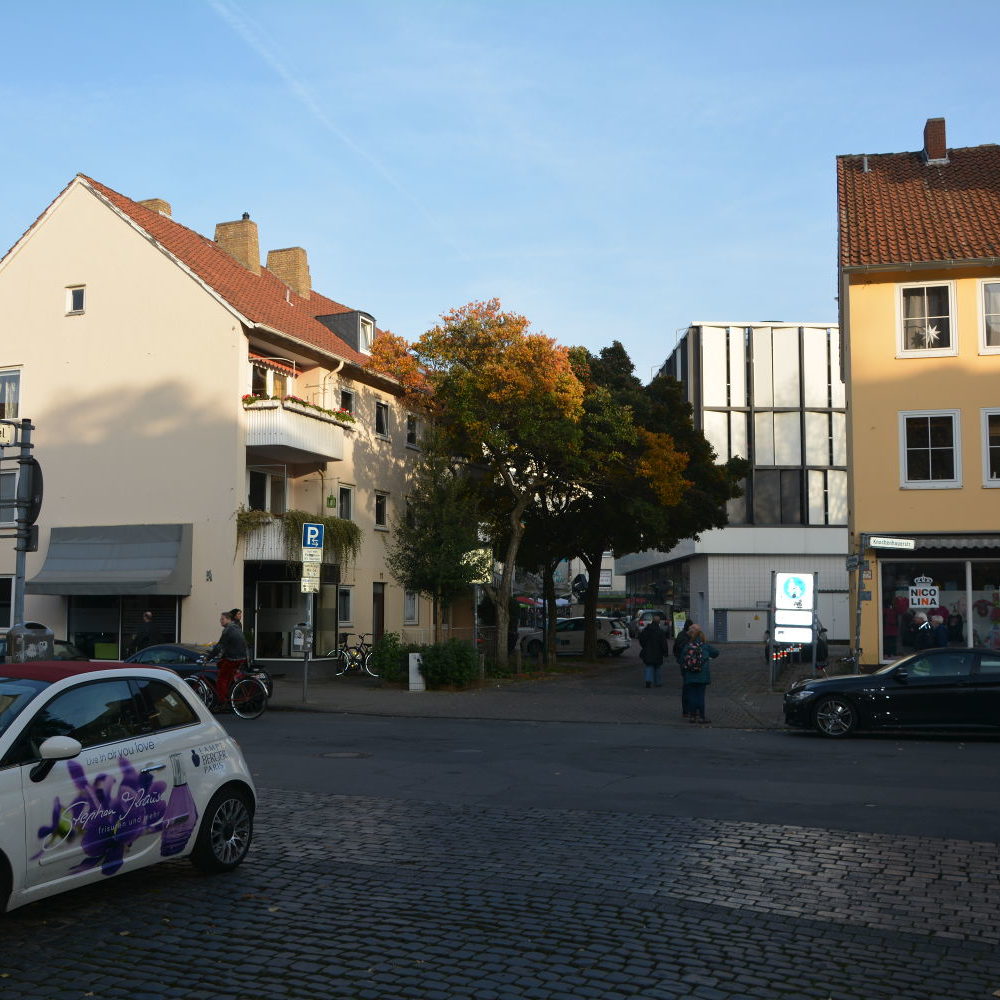For more than 1200 Jewish Hanoverians – men, women and children – 3 September 1941 marks a dramatic worsening of their living conditions. Within a few hours they have to leave their homes and move into a so-called “Judenhaus”, a “Jewish house” specially designated for Jews. They are only allowed to take with them one bed, one chair, a chest of drawers, some bedlinen, a few items of clothing and some crockery. Any possessions they leave behind are confiscated by the city authorities, then later the tax offices.
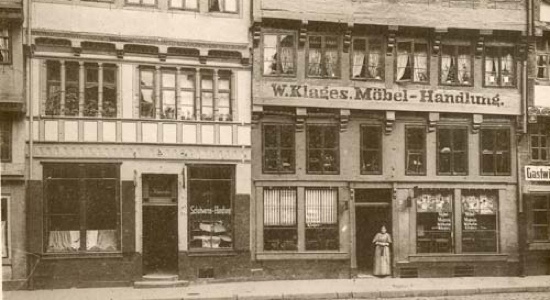
Three square metres per person [ca. 32.3 sq. ft.]
Fifteen locations are chosen: Jewish community centres, schools, old people’s homes and privately owned houses where Jewish tenants were already living in cramped conditions. Since 1939, any protection of tenants’ rights has been abolished for Jews and they can be evicted for no reason: Aryans, according to the legal justification, cannot reasonably be expected to live under the same roof as Jews. Many families and those living alone were therefore forced to find accommodation as subtenants in the most confined spaces with Jewish landlords – the forerunner of ghettoization in “Jewish houses”.
The oldest “Judenhaus”
The half-timbered building in the Altstadt [Old Town, i.e. the historic centre], dating from around 1620 and only 6 metres [roughly 19.5 feet] wide, is the oldest and probably also the smallest of Hanover’s “Jewish houses”. One floor measures only about 70 square metres or 753 square feet. Looking from Marstall, the house at Knochenhauerstrasse 61 was the fifth house on the left side of the street, approximately opposite where it meets “Goldener Winkel”. Nowadays, the house numbers are completely different.
The chairman of Hanover’s Jewish community, Max Schleisner, inspects some of the “Jewish houses”, including the house on Knochenhauerstrasse. The old structure of the half-timbered house and the overcrowding create appalling living conditions. On 6 September 1941, he writes about this in a report to the Berlin branch of the Reich Association of Jews in Germany [Reichsvereinigung der Juden in Deutschland abbreviated to RVJD, a compulsory union of all Jewish communities, congregations and organisations, whose foundation the Nazis had ordered in 1939]: “Bugs, rats. Toilets in terms of hygiene preposterous. Four people and an infant in a room of just 15 square metres [approx. 161.5 square feet]. A severely paralysed man among the occupants.”
Deportations to ghettos and death camps
It is not known whether at the beginning of September 1941 Jews were moved into storeys besides the ground-floor apartment. A total of 53 Jewish people are deported from here: 27 in December 1941 to Riga and 26 in July 1942 to Theresienstadt. After that it has served its purpose as a “Judenhaus”. The building is destroyed during the air raids of October 1943.
Additional online information
Wikipedia Judenhaus [in German]
Jewry in Hamburg Jewish houses [in German]
Further reading: Click here
Texts and images: Michael Pechel

